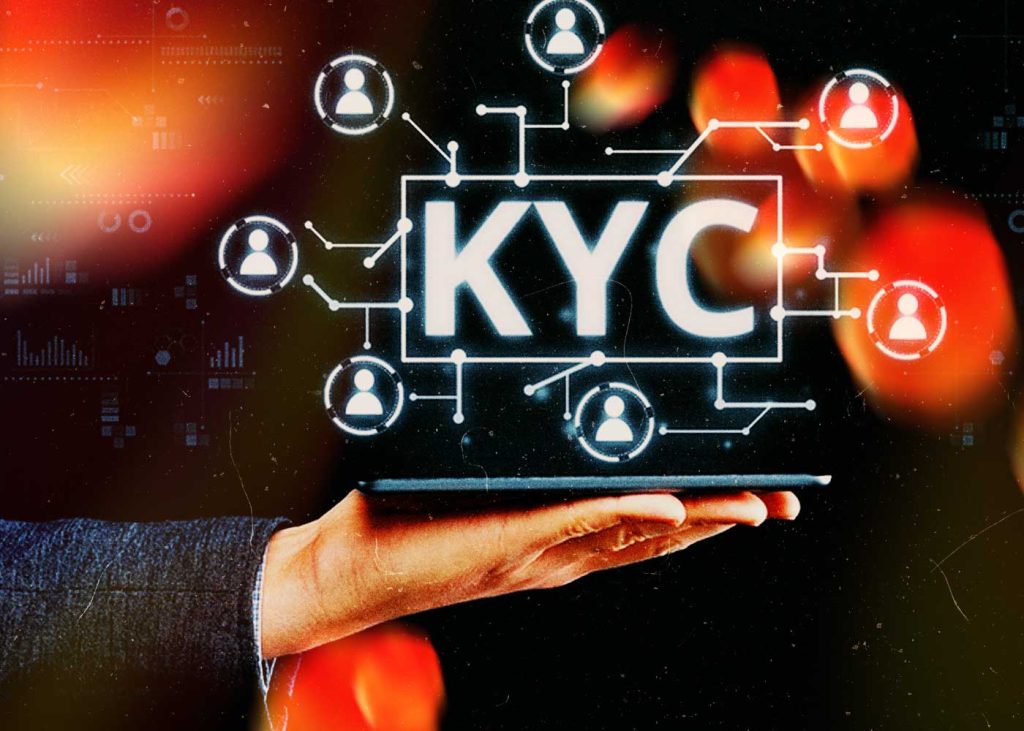Onboarding is frequently the first impression clients get of a firm. As a result, it is vital to construct this process correctly since it sets the tone for the client experience. Today, we’ll look at how onboarding may be easy, rapid, and compliant with Anti-Money Laundering (AML) regulations.
AML-compliant client onboarding (also known as “Know Your Customer (KYC) onboarding”) is a series of regulatory processes that firms must follow before interacting with a new customer. These methods involve gathering and validating information about clients. The very minimum of information required for businesses to identify their clients is their name, date of birth, and address.
KYC Onboarding Protocol is Necessary for AML Compliance
KYC procedure is essential for Anti-Money Laundering (AML) compliance. The personal data necessary for gathering may differ by nation, so always verify your jurisdiction’s AML legislation and standards. Businesses must get accurate and valid documented proof from customers in order to authenticate consumer data. This can be an ID card (or any other recognized form of identification) and a utility bill.
Each AML-required sector must use KYC onboarding protocols during customer onboarding, although non-required enterprises might profit from it as well. Financial institutions and specified non-financial companies and professions such as banks, real estate brokers, casinos, high-value dealers, virtual asset service providers, and so on are examples of regulated enterprises.
Non-regulated enterprises, such as carsharing services and marketplaces, are also urged to use KYC onboarding processes to prevent fraud and save money and reputation.

KYC Onboarding Criteria Varies
KYC onboarding criteria are often determined by the rules of a certain country. In many nations, remotely verifying papers and performing a liveness check is sufficient. But, in Germany, for example, firms must enroll consumers via a video identification procedure that involves a number of necessary stages, such as an interview.
The needed information, documentation, and verification processes for passing KYC onboarding are determined by regulators. Companies, on the other hand, may have their own special needs for the client onboarding process. Businesses must tailor their KYC operations to specific consumer segments.
